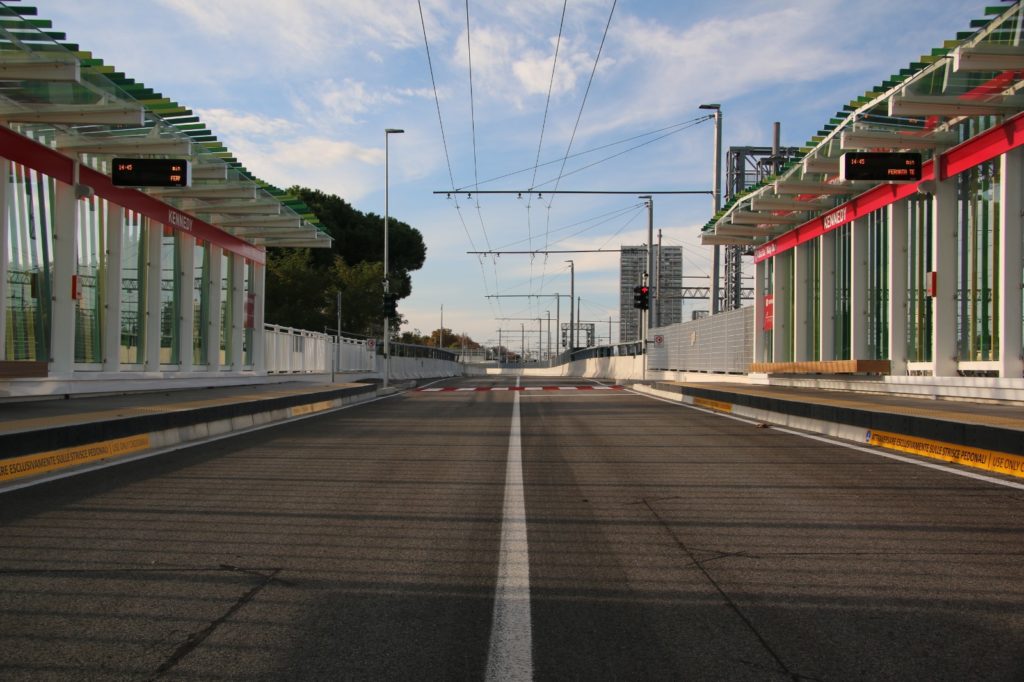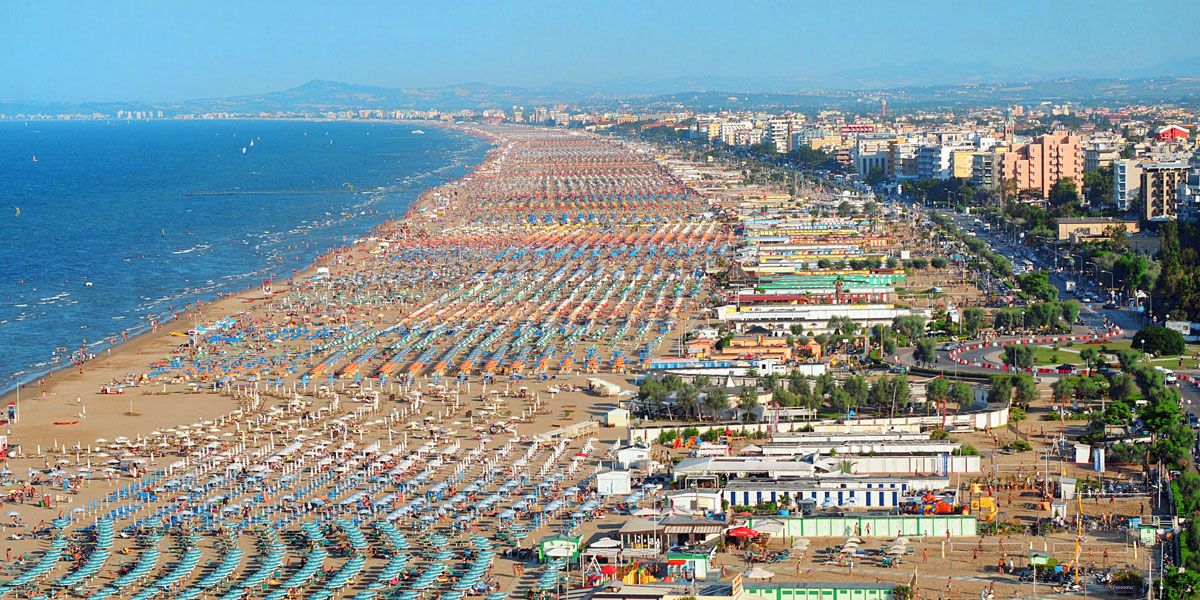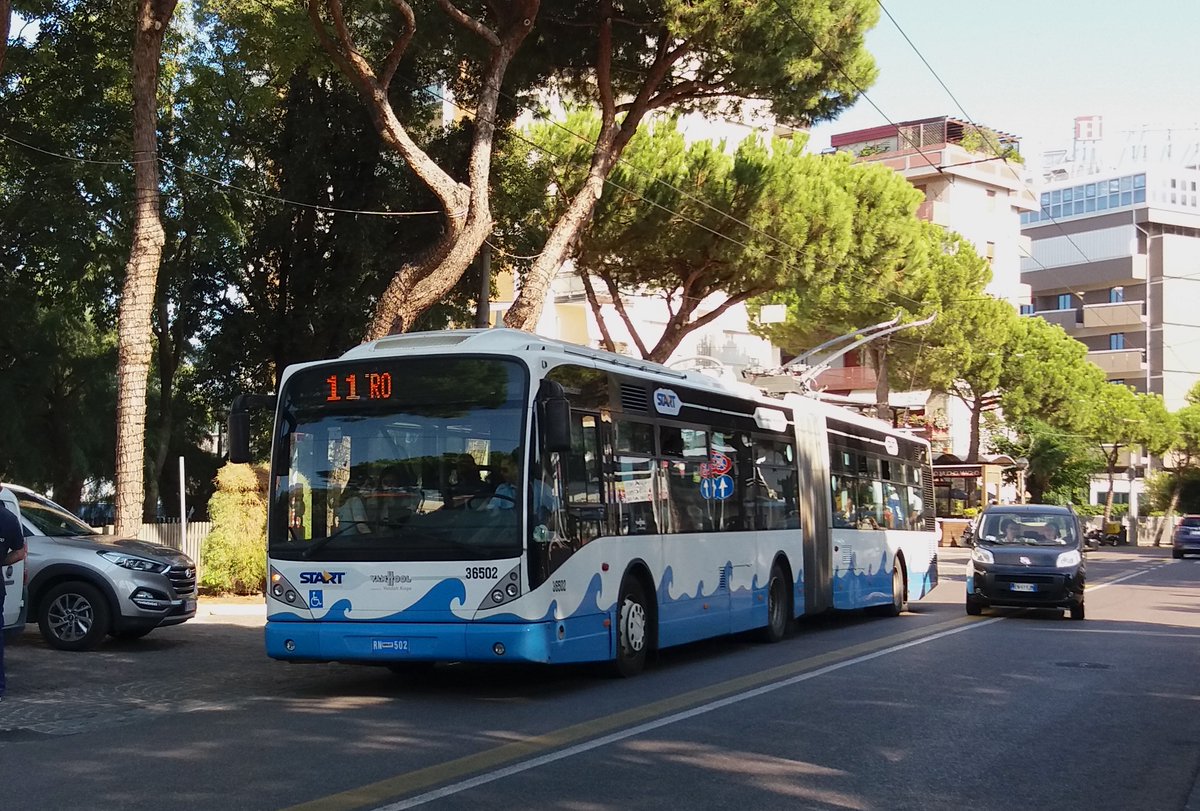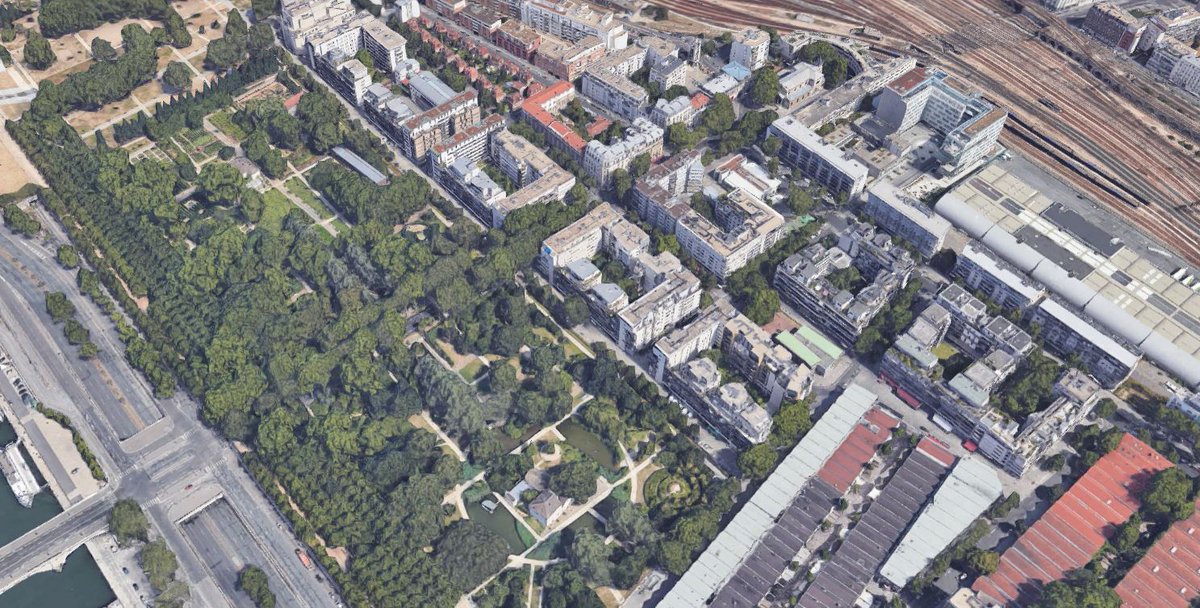
1/ Yesterday, while writing about a 1888 rail plan for Rome, I qualified the city as a "capital by chance that never quite assumed it's role seriously, at least planning-wise".
Here is the reason why I say that and why Rome is not in a way like other big Western capital cities
Here is the reason why I say that and why Rome is not in a way like other big Western capital cities

2/ First, a bit of history. The Kingdom of Italy came about more rapidly than expected between 1859-61, after Piedmont's war against Austria and the expedition of the Thousands led by Garibaldi that resulted in the annexation of the Kingdom of two Sicilies. 

3/ The first capital of Italy in 1861 was Turin, an already established little capital of the tiny but rapidly modernizing state of Piedmont. The city had it's Royal Palace, a small Parliament building, ministries etc., but insufficient for the capital of a much larger country 



4/ But nothing was done to improve Turin because, even if Rome was not available yet, the capital was meant to be moved anyway out of Turin as an engagement with Napoleon III that supported Piedmont against Austria. The choice fell on Florence, where the capital was moved in 1865
5/ To transform Florence, a small city of 150k, still closed in its 14th century walls, in the new capital of (what they considered) a major European power, a new urban plan designed by Giuseppe Poggi was approved, with new boulevards, monumental squares, government quarters etc. 



6/ But, well, only 5 years later the 1870 defeat of Napoleon III, protector of whet remained of the papal state, opened the way for a quick annexation of Rome to Italy. The capital was moved in 1971, leaving the poor Florence in the middle of an unfinished transformation 

7/ So Rome became the capital almost unexpectedly overnight. There were no plans ready for the second moving of the whole State apparatus in a decade, that was done in a rush under popular pressure. Tens of thousands of bureaucrats moved to the city in a couple of years.
8/ The main institutions were simply put in available buildings: the King took over the Quirinale palace, the former city residence of the Pope. the Parliament was installed in a temporary structure in the courtyard of Montecitorio, an expropriated aristocratic palace. 



9/ The Senate got an even less remarkable building on a narrow secondary road, waiting for a more monumental location that never came about. New large buildings were built without a comprehensive plan in the following years, to host the Treasury, the Ministries of War, Justice... 



10/ Again, those buildings were placed here and there, following the speculative logics of politically connected large landowners pushing to attract development in their respective land. The newborn state lacked the will and the ressources to engage with grandiose plans. 

11/No large baroque design of modern new capitals like Washington. No grandiose Ring lined by large public buildings as in Vienna. No Haussmann's monumental boulevards and axes as inParis. No Madrid's Paseo nor Berlin's Unter den Linden. No huge parliament building as in Budapest 





12/ The Kingdom of Italy just superimposed hastily a modern capital on a medieval and Baroque small city whose real center, Saint Peter and the Vatican, was still "occupied" by a very different kind of power the newborn Italian state was in conflict for years
13/ Plans to provide Rome with a proper Parliament building or some grandiose public space failed or were depotenziated. Immense ressources were put in useless gigantic monuments, like the unloved nicknamed giant "typewriter" or "wedding cake", celebrating Vittorio Emanuele II 

14/ The ruling class of the liberal era (1861-1922) was busier in trying to keep together a deeply diverse nation, modernizing a lagging economy and wasting money in dreams of colonial grandeur in Africa to assert the country's status among the "Great Powers" of Europe🤭
15/ The result is a capital city that never expressed its role properly in its urban form, burdened with the vestiges of a great past and the rich heritage of Renaissance and Baroque papal urbanism since with Sixtus V and that nobody dared really to touch (fortunately). 

• • •
Missing some Tweet in this thread? You can try to
force a refresh






















